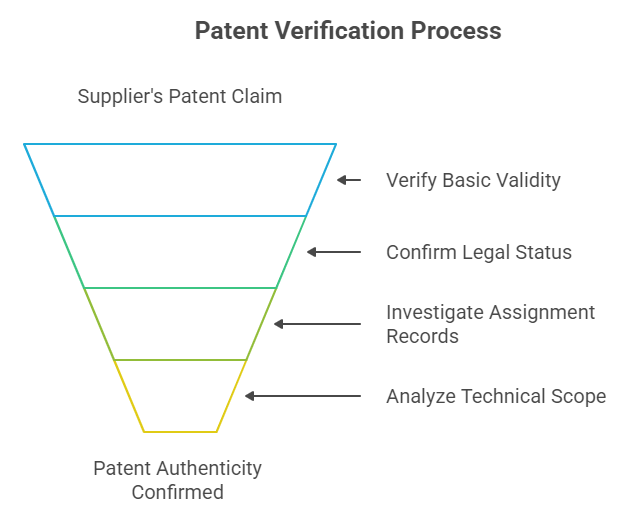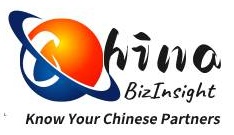For cross-border e-commerce sellers, sourcing products from Chinese suppliers offers immense opportunities—and significant risks. Among the most critical yet overlooked risks is patent infringement. Selling counterfeit or patent-violating products can lead to seized shipments, costly lawsuits, and irreversible brand damage.

Verifying the authenticity of your Chinese supplier’s patents isn’t optional; it’s a business imperative. Here’s a structured, 4-step method to protect your operations:
Why Patent Verification Matters
- Legal Liability: Selling infringing products makes you liable, even if unaware.
- Supply Chain Disruption: Customs seizures halt operations instantly.
- Brand Trust: Customers abandon brands associated with counterfeits.
- Financial Loss: Fines, legal fees, and destroyed inventory cripple profitability.
Step 1: Retrieve the Patent Number & Verify Basic Validity
Start with the supplier’s claimed patent number (e.g., CN1070001A). Use China’s official patent databases:
- CNIPA Patent Search: (China National Intellectual Property Administration)
- SooPAT (Unofficial but user-friendly)
Verify:
- Patent holder name (must match your supplier or their legal entity).
- Status (“Valid,” “Pending,” “Expired,” or “Invalidated”).
- Key dates: Application date, publication date, and expiry.
⚠️ Red Flag: Mismatched holder names or “Expired” status.
Step 2: Confirm Legal Status & Fee Payment
A patent’s validity depends on timely fee payments. In China:
- Utility/Design Patents: Require annual fees post-grant.
- Failure to Pay: Automatically invalidates the patent.
How to Check:
- Use CNIPA’s “Patent Fee Information” search tool.
- Request a Patent Registration Certificate from the supplier.
- For critical partnerships, order an Official Patent Status Report through a verification service.
Step 3: Investigate Assignment Records
Patents can be sold or licensed. Your supplier may claim ownership but actually hold a sub-license.
Verify Ownership History:
- Search CNIPA’s “Patent Assignment Registry” for transfers.
- Look for exclusive vs. non-exclusive license terms.
- Demand Documentation: Suppliers must provide notarized license agreements or assignment certificates.
💡 Key Insight: A patent assigned multiple times in a short period may indicate fraud.
Step 4: Analyze Technical Scope vs. Product
A “valid” patent is irrelevant if your product doesn’t align with its claims.
Conduct a Technical Comparison:
- Obtain the patent’s Claims section (CNIPA database).
- Compare each claim to your supplier’s product.
- Design Patents: Match product photos to patent images.
- Utility Patents: Verify methods/functions described.
When to Hire Experts:
- Complex inventions require patent attorneys for “freedom-to-operate” analysis.
- High-value orders justify professional patent validity searches.
Real-World Risks: A Cautionary Tale
A U.S. e-commerce seller imported “patented” silicone molds from Guangdong. After 6 months, their Amazon listings were suspended. The “patent” was expired, and the real holder sued. Result: $320K in damages + inventory destruction.
Verification in Step 1 would have exposed the expiry. Step 4 would have revealed technical discrepancies.
Protect Your Business: Validate Before You Import
Patent verification isn’t a luxury—it’s your frontline defense. While DIY checks work for basic screens, critical partnerships demand professional verification:
- Official Patent Status Reports confirm legal standing.
- Technical Validity Assessments prevent infringement.
- Due Diligence Packages cover ownership, fees, and scope.
For complex cases, partner with experts who navigate CNIPA databases, interpret legal statuses, and validate technical claims. Protect your brand, your customers, and your bottom line.
→ Ensure your supplier’s patents are ironclad. Explore our Patent Verification Solutions.
